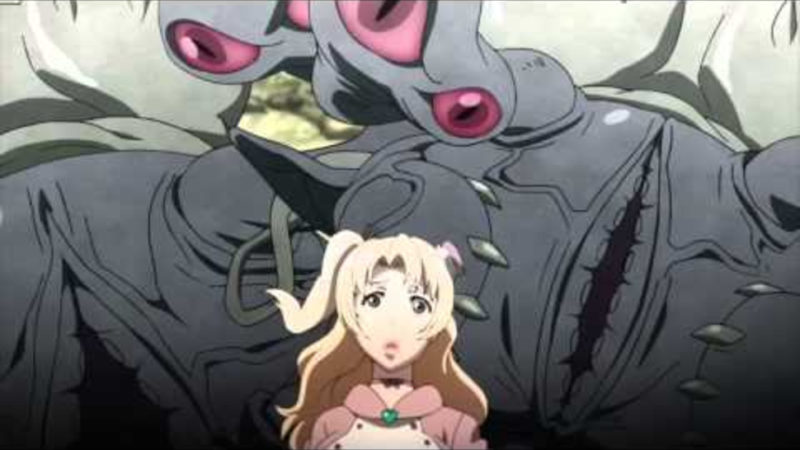
A reader posed the question that serves as the title for the article, along with several other difficult and important questions. Long-time readers know I’ve addressed anime’s portrayal of sexuality and fan service from many different angles. Anime sometimes has scenes of sexual assault, such as in Sword Art Online and, rather infamously, Goblin Slayer.
The reader asked three questions:
- What would alternative, non-problematic direction of a sexual assault scene even look like?
- How can animated scenes containing non-consensual nudity be distinguished from fan service, if they can be thus distinguished on a direction level at all?
- Can instances of sexual assault only be ethically represented implicitly / by censorship?
Before I can attempt to answer these questions, I have to first define what sexual assault is and explain the context surrounding it.
What is Sexual Assault?
It seems silly to ask this question. But sexual assault is often limited to just rape, especially within anime. Sexual assault is defined as any non-consensual sexual contact. Around 14-22% of undergraduate women report experiencing a sexual assault (Newins, 2021). I didn’t find good data for men; men don’t report sexual assault. In an old study by the US military, 10,800 men were sexually assaulted (about 8,000 women were) but only around 13% of men reported the assault compared to 39% of the women (Garamone, 2015).
Sexual assault extends beyond rape, but unless an attack matches the stereotypes found in media, people don’t always consider a rape as a rape. The stereotypes include a stranger using force, the victim voicing a lack of consent, and other violence. In short, the script of sexual assault as media portrays it influences the definition (Newins, 2021). In fact, teachers are starting to use the same narrative techniques media uses to teach college students about sexual assault. Narrative helps people understand how sexual assault extends to more than rape to also include attacks on men. In Erbe’s study (2016) of this use of stories, students shifted their thinking toward prevention and personal responsibility rather than toward law enforcement and punishment.
Contrary to media portrayals, such as we see in anime, sexual assault doesn’t always center on sexual desire. Rather, sexual violence links closer to power, dominance, and the abuse of authority more than sexual desire. In India, sexual violence often revolves around caste; low-caste men attack higher-caste women, and high-caste men prey on lower-caste women. All of this centers on perceptions of power (Kaur, 2017). So, the pivot for our definition is the word non-consensual; namely, it involves a projection of power at the expense of the victim.
How Anime Shows Sexual Assault
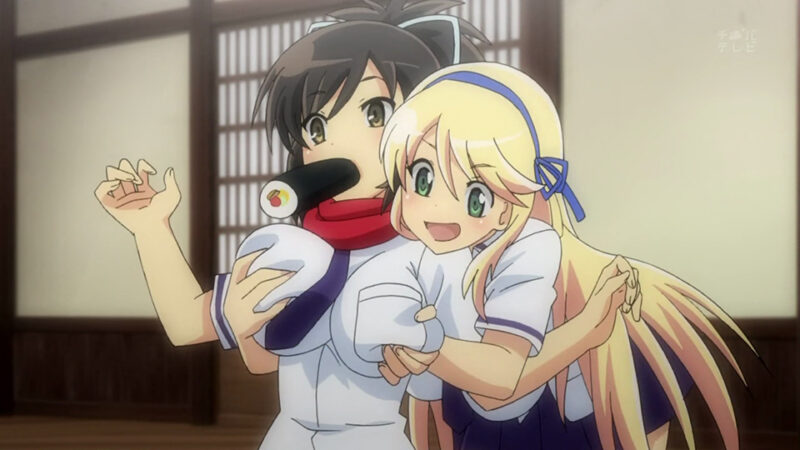
The most common portrayal of sexual assault in anime targets men as the victims. Think of how often anime females in comedy anime strike male characters, touch them when the guy doesn’t want to be touched, hit him in the testicles, force his face into her breasts, slip into his bed nude, and all the other comedy and ecchi antics. Stories play up the male characters’ protests as “don’t let him fool you; he wants it”, but turn that line of reasoning to a female character suffering such advances from a male. Doesn’t come off the same way does it?
Sword Art Online and Goblin Slayer offers scenes where female anime characters are assaulted or raped and murdered in the case of Goblin Slayer. The way anime handles scenes of assault overlaps with fan service with the methods used to present the scenes. Some of this is because fan service can be considered assault on a character by the audience, especially when it has voyeuristic elements. Goblin Slayer focuses on the victim’s helplessness (the power dynamic) as the goblins rape her, but the way the camera pans over her, lingering over her bared chest and legs counters the horror of the scene.
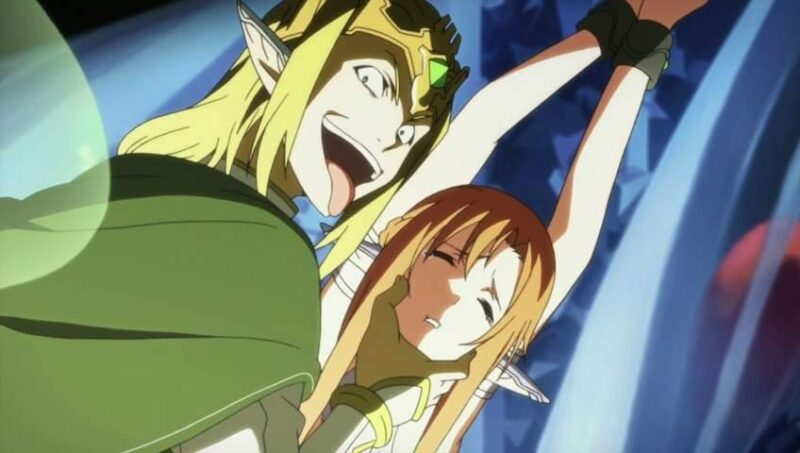
In Sword Art Online, when Oberon assaults Asuna in front of Kirito, Oberon’s character contrasts against the seriousness of his actions. He is too over-the-top as a villain with this cackling laughter. He appears more as a kid’s cartoon villain. While he does go into the power-play of assault, the way he acts, including how he assaults Asuna has a distorted childishness to it. Edgy for edgy’s sake. The goal seems to be to build catharsis in the audience, treating Asuna’s violation an instrument to make Kirito appear as a hero and justify how he torments Oberon.
Anime tends to make sexual assault an instrument for the plot rather than an event in a character’s developmental arc. Goblin Slayer uses the rape in the first episode to establish how terrible the goblins are. Asuna advances the plot and serves to show Oberon as a cackling villain and Kirito as a hero. If you want a good handling of sexual assault, watch Ghost in the Shell Stand Alone Complex’s “Jungle Cruise” episode. The horror of the assaults, which extend beyond sexual assault, are treated as a truly horrific crimes rather than a means to further the plot. The plot centers on how Batou reacts and investigates the assaults. He wants to avenge the dignity of the victims and prevent others from suffering the same fate.
Answering the Questions
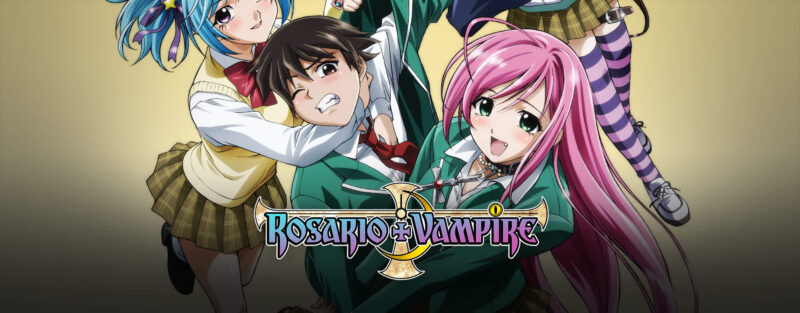
Okay, with all of that context out of the way, and my answers foreshadowed, let’s answer the questions:
What would alternative, non-problematic direction of a sexual assault scene even look like?
The Ghost in the Shell episode doesn’t show the assaults. Instead, it focuses on the sounds and the reactions of the characters to the video footage. It leaves the horror of the event to the audience to imagine. Mind you, the characters in Ghost aren’t easily shocked, so the audience understands just how beyond words the crimes are. The best way to show horror, or even loving sex, is not to show it. This allows the audience to fill in the gaps and feel more engaged with the story.
That said, anime needs to not use the same camera angles, panning techniques, and poses as it uses for fan service. Sword Art Online‘s Asuna assault did this well enough. Oberon’s character caused problems with that scene. Goblin Slayer used the same camera techniques and body-part showcases that later on become fan service. Anime needs to develop poses and camera techniques that are only used during serious scenes, assault scenes or otherwise. Assault scenes need to focus on the power play, the struggle, and the emotional damage instead of focusing on the skin and the actions. That’s why Ghost does so well: it focuses on the emotional aspects of the assaults and how they disrupt the lives of the victims.
In the case of assault on men, anime could handle the denials with more respect. No means no for men too, and anime can show this. It could show the difficulty the male characters have with admitting to feeling uncomfortable or even violated by the unwanted contact. And stories could show this doesn’t make the characters less masculine (or even makes them more masculine).
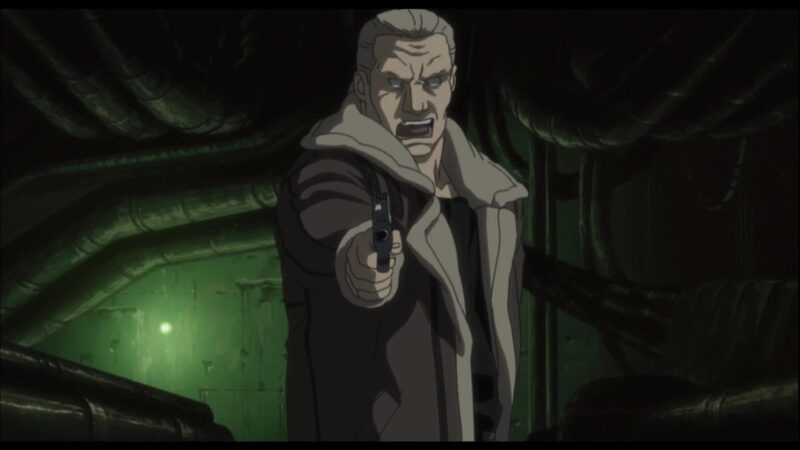
How can animated scenes containing non-consensual nudity be distinguished from fan service, if they can be thus distinguished on a direction level at all?
Animated scenes can show non-consensual nudity without fan service by first establishing the character’s personality. Next, some fan service can be used to establish an acceptable pattern of camera angles and poses. This would provide a baseline for what is acceptable. In other words, the female or male character should show the audience their acceptable boundaries, and once these boundaries are established, you can then show what goes beyond those boundaries.The non-consensual scene should then focus on the character’s inner state rather than their skin. Focus on the facial expressions, and don’t pan the camera over their body. Focus on their helplessness and guilt and the power dynamics of the perpetrator. Whereas fan service focuses on the emotions and desires of the audience, non-consensual scene avoid this unless the goal is to make the audience feel as if they too have violated the character. However, this could be a problem too; it can encourage damaging thinking among some anime fans.
Can instances of sexual assault only be ethically represented implicitly / by censorship?
It’s difficult, but yes, it is possible to ethically represent sexual assault if the inner damage is the focus instead of the outer damage. Anime has too much fan service of all different types, which has desensitized many anime fans. I’m uncertain if my outline above is even possible without suggesting some fan service. Censoring the scenes would tap into the censorship fan service problem too. Off-camera depictions, as handled by Ghost might be the best option. It would be possible to show the event if the perpetrator isn’t a cartoon villain like Oberon and if the camera focuses on the inner experience of the victim. The difficulty of handling this right, of not falling into edginess or fan service, means it may be best to handle such assaults off camera.
Conclusion
Sexual assault in anime remains a touchy and difficult subject because of the nature of anime’s fan service. Most assaults target male characters under the guise of comedy or “he wants it but can’t admit it.” Assaults against female characters tend to be violent and poorly handled because of fan-service methods. However, anime could address sexual assault against males and handle assaults against females without lapsing into fan service, but both would react tact and carefulness. Frankly, I expect few anime stories to manage this. Male sexual assault is, perhaps, the most important to address because it isn’t discussed. It touches on ideas of masculinity and male emotions that are usually avoided. Anime is well-positioned to address such a topic, but it has to get away from the “he wants it but can’t admit it” fan service.
References
Erbe, R. G., & Kearns, K. D. (2016). Using Story Structure for Lesson Design in Teaching about Sexual Assault. Health Educator, 48(2), 23–27.
Garamone, Jim (2015) Males Also Are Victims of Sexual Assault. US Department of Defense. https://www.defense.gov/News/News-Stories/Article/Article/604140/
Kaur, R. (2017). Mediating Rape: The Nirbhaya Effect in the Creative and Digital Arts. Signs: Journal of Women in Culture & Society, 42(4), 945–976.
Newins, A. R., Wilson, L. C., & Kanefsky, R. Z. (2021). What’s in a Label? The Impact of Media and Sexual Assault Characteristics on Survivor Rape Acknowledgment. Journal of Traumatic Stress, 34(2), 405–415.
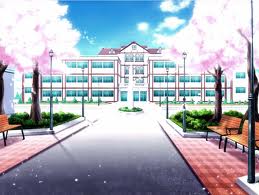
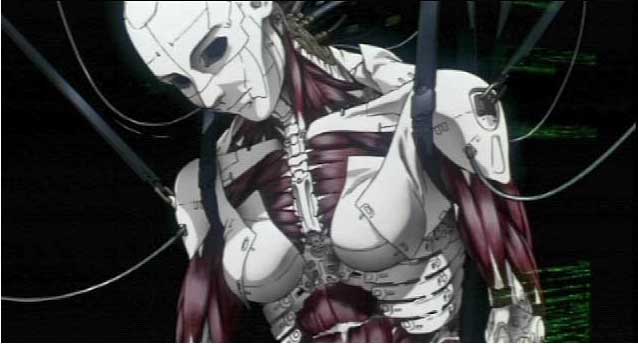
![Why Do Anime Characters Always Get Colds [and Collapse from Them]? fairy-tale-anime-lucy-sick](https://www.japanpowered.com/media/images/fairy-tale-anime-lucy-sick-350x230.webp)
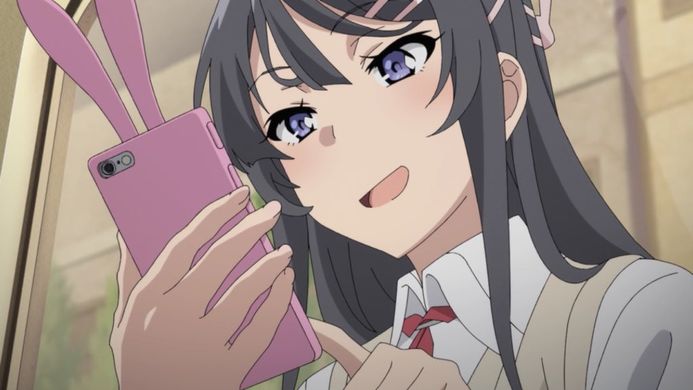
Just found your blog man. Keep it up!, alot of your posts have answered questions ive often wondered about and can direct friends too. Introducing new people to anime can be kind of difficult to navigate outside of the top popular ones.
Yes, it can be hard to get people started with anime. The medium is vast, though, so there’s bound to be a story out there for everyone….if people can find it!
Wow, thank you so much for putting together such comprehensive responses to my questions! I really appreciate the breakdown of the issues involved, and I’m inclined to agree with your conclusions. Thanks again!
Thank you for the questions! They gave me much to consider.
I was wondering if you can get a chance to look at Berserk (the manga) because sexual assault was shown in vivid detail with regards to the Golden Age arc and the Eclipse portion of the arc. It’s really terrifying to see.
Before Kentaro Miura died, sexual assault in Berserk isn’t really there anymore compared to back then (although the trauma is addressed). I still think Berserk does handle the subject well because those scenes that feature sexual assault all drive a point home in how life in that universe is full of despair.
We started collecting the Berserk manga at my library, but I’m not certain which arcs we have. We tend to buy compilations to make funds stretch. As you know, manga gets expensive for large series!